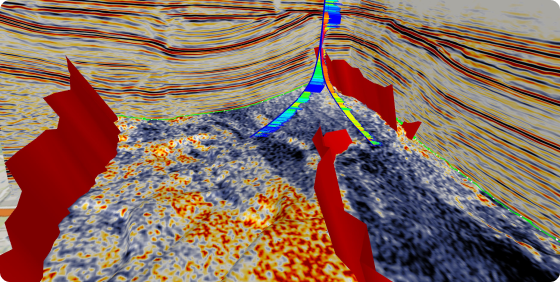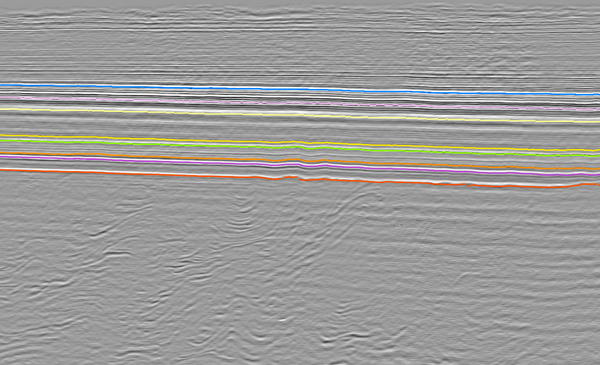North America
We provide industry-leading seismic data using an innovative mix of technologies and unmatched imaging capabilities. Through strategic partnerships, we offer a comprehensive collection of advanced acquisition technologies for enhanced reservoir delineation, characterization and monitoring.
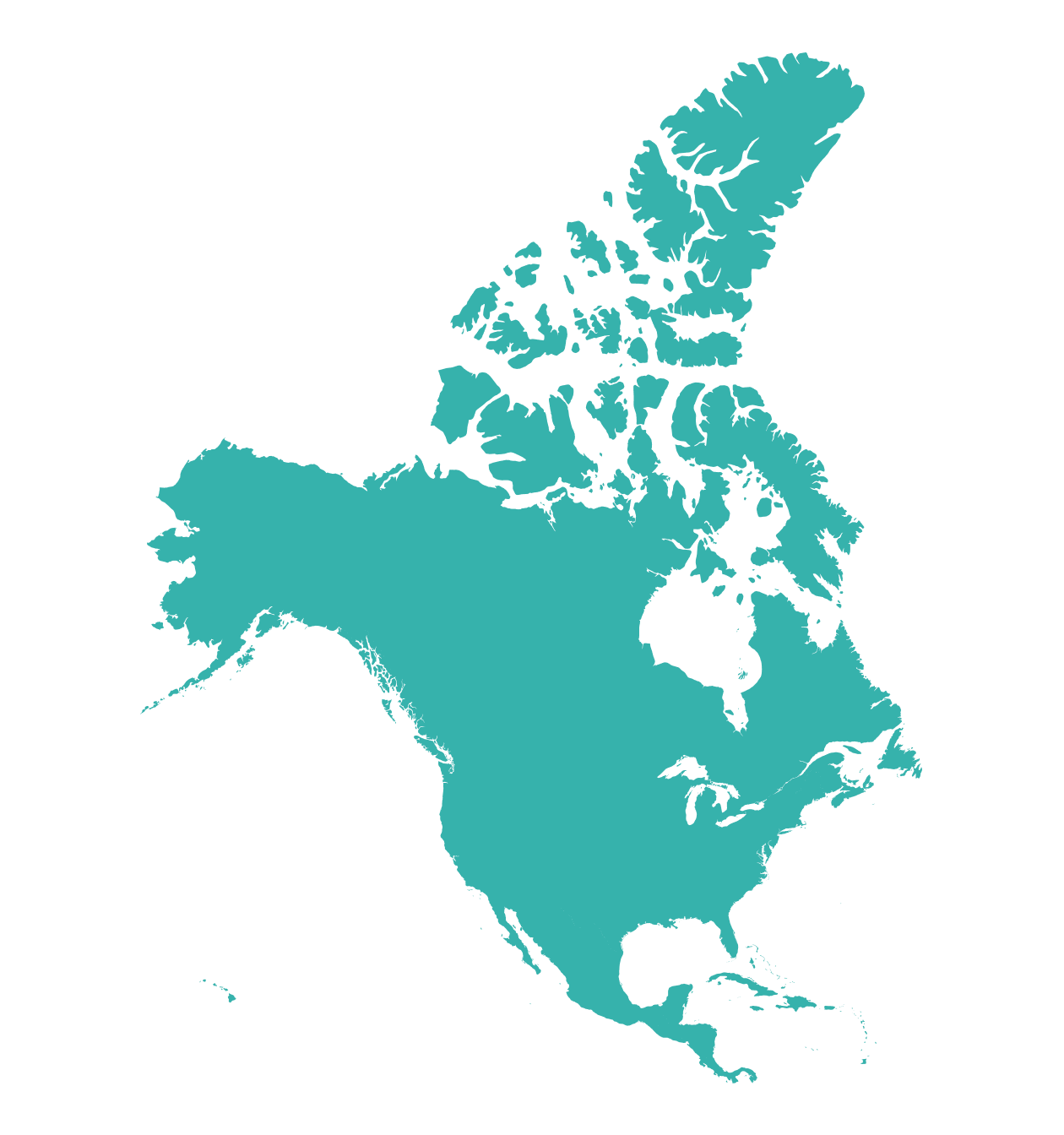
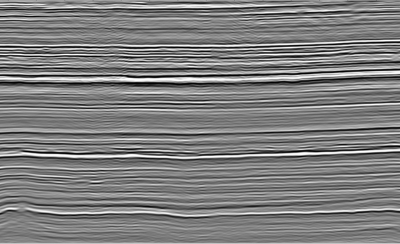
Onshore Canada
Learn more about the onshore data offerings and insights we have in Canada including 3D seismic surveys and 2D lines in the Western Canadian Sedimentary Basin, a comprehensive well data library, and more.
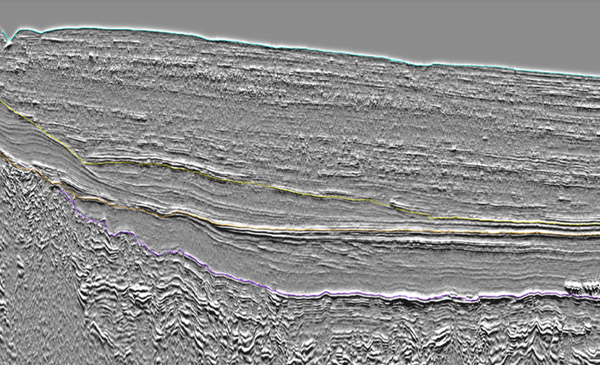
Offshore Canada
Learn more about the data offerings and insights we have in Canada including regional 2D seismic, basin wide 3D seismic, gravity, magnetics, well data packages, and more.
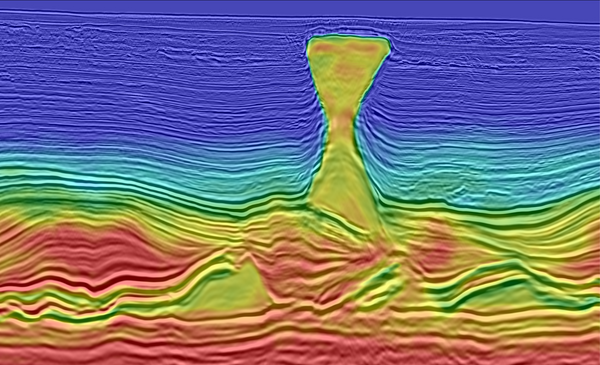
Gulf of America
Learn more about the data offerings and insights we have in the Gulf of America including ultra-long offset OBN 3D surveys, 2D regional data, well log data, and more.
Data Library
Search our interactive map portal to see the industry-leading subsurface data we offer worldwide. View available data types, projects and deliverables in your areas of interest.
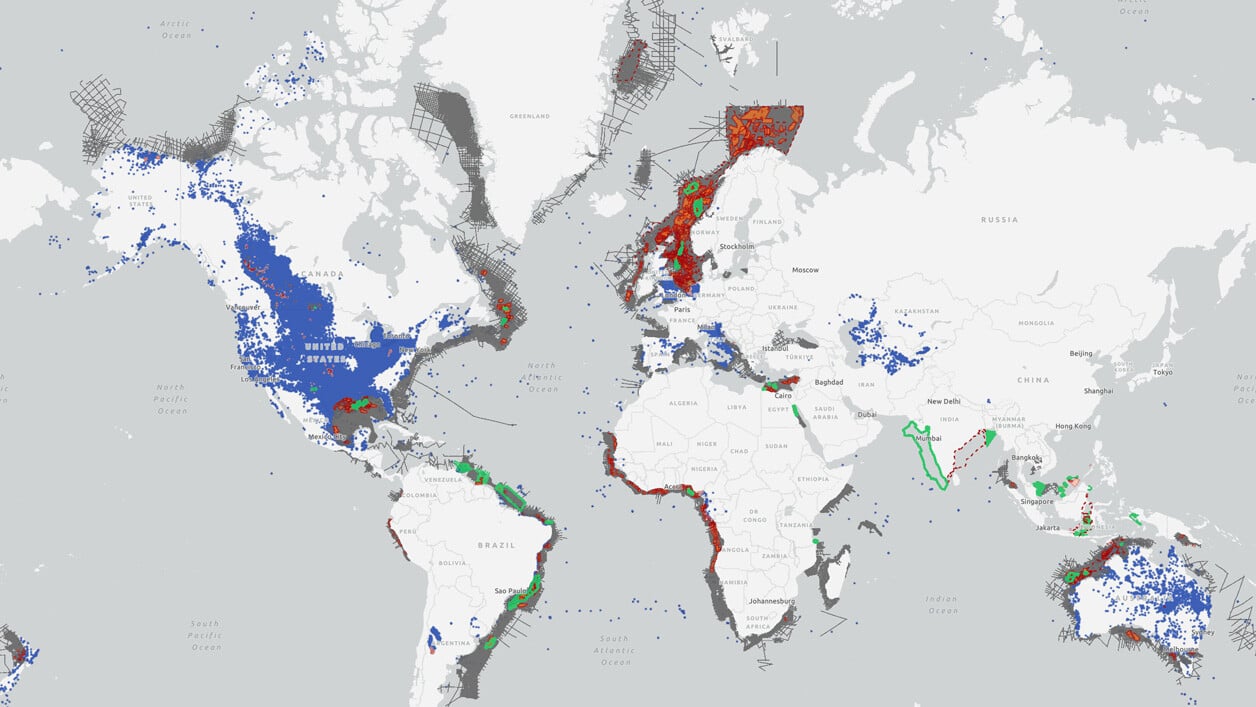
GoA Lease Sale 262
The 5th U.S. Circuit Court of Appeals has instructed the Bureau of Ocean Energy Management to move forward with Lease Sale 262. Slated for December 2025, the sale will make over 80 million acres in the Gulf of Mexico available for offshore oil exploration and potential development.
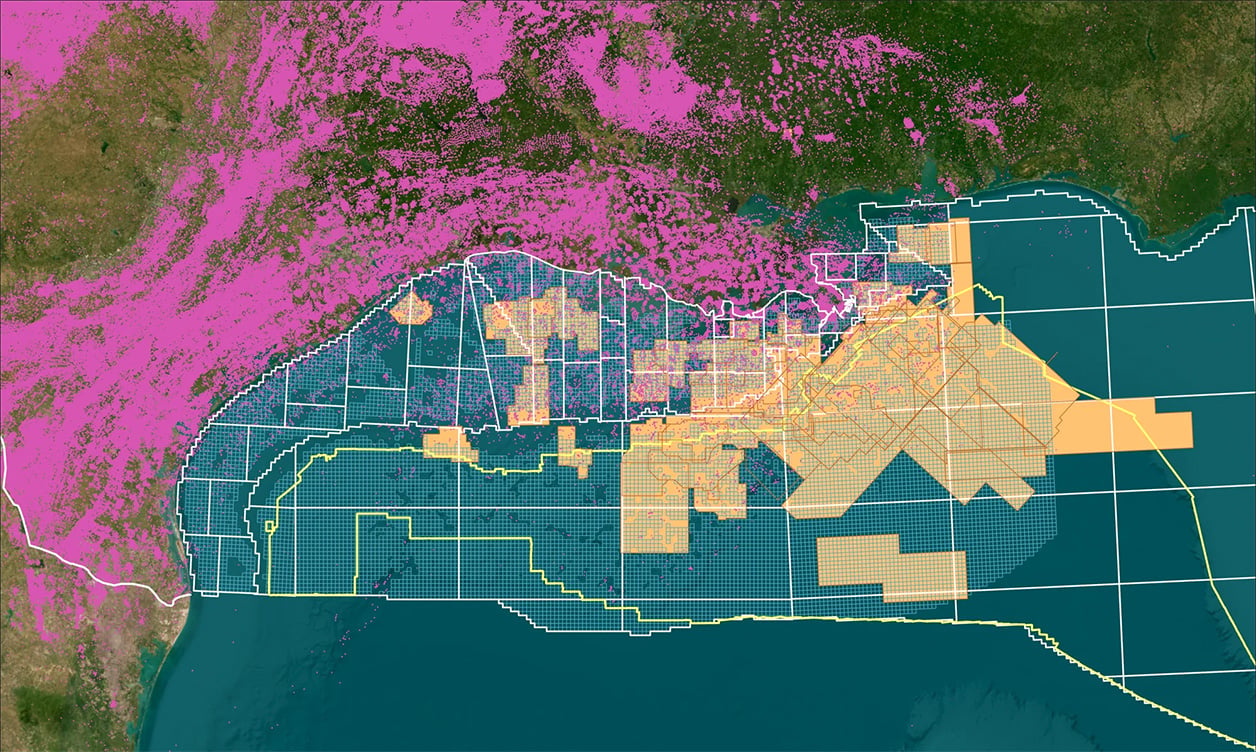
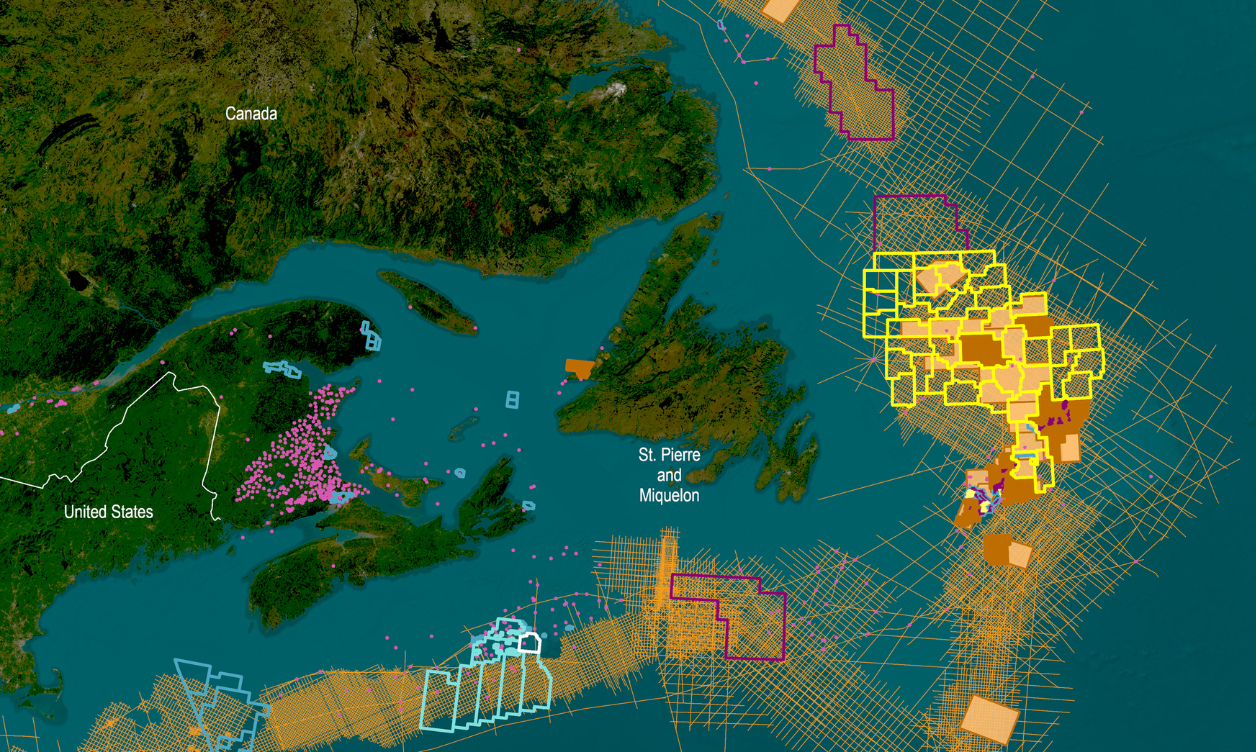
East Coast Canada Newfoundland 2024 Call For Bids
TGS, in partnership with PGS, holds the most comprehensive collection of subsurface data covering acreage being offered in the Newfoundland bid-round areas. This data includes 2D and 3D seismic data, interpretation studies and well data.
Subsurface Interpretation
For the Geoscientist who needs regional subsurface knowledge, TGS’ multi-disciplinary Geoscience Interpretation group has consistently delivered best-in-class multi-client, basin-wide studies to the industry for over 20 years to reduce the risk, time and cost of the exploration-cycle.
